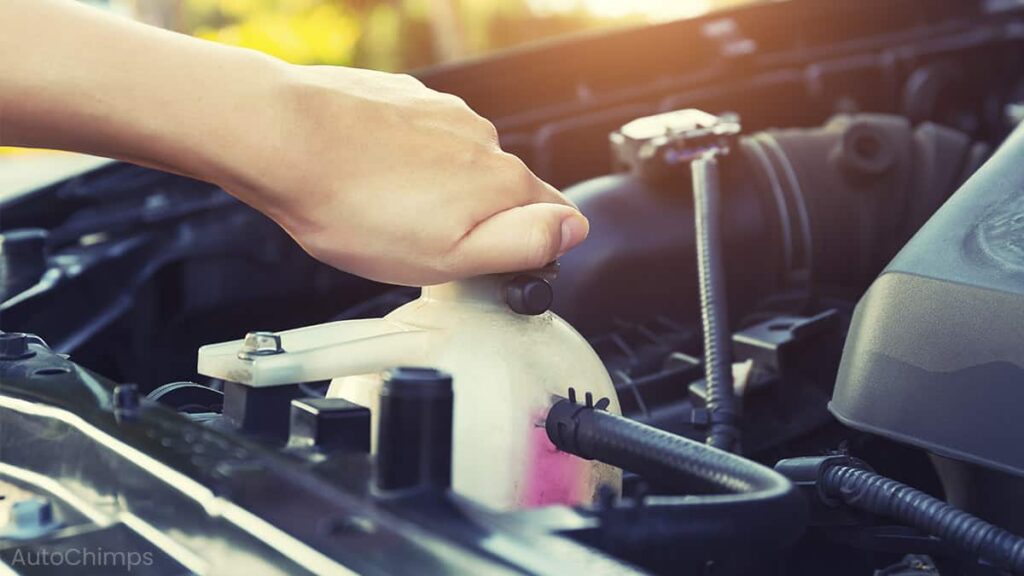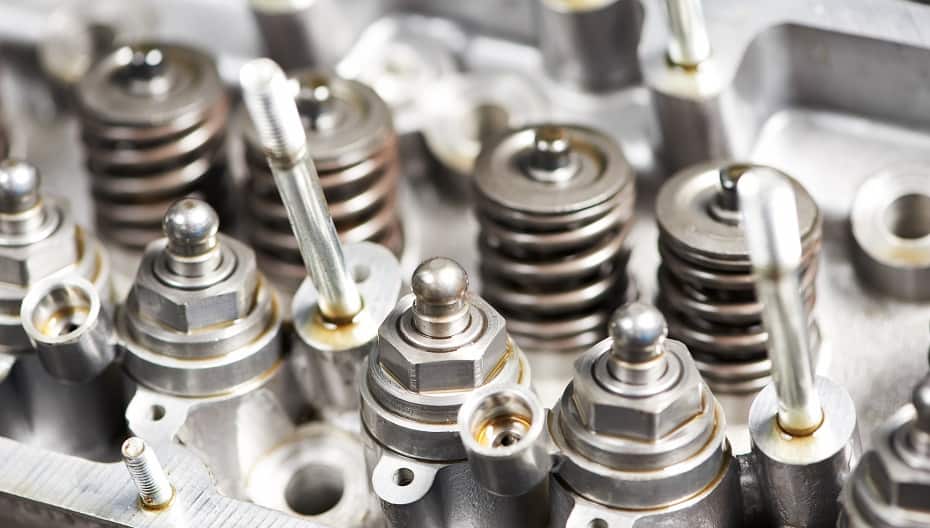
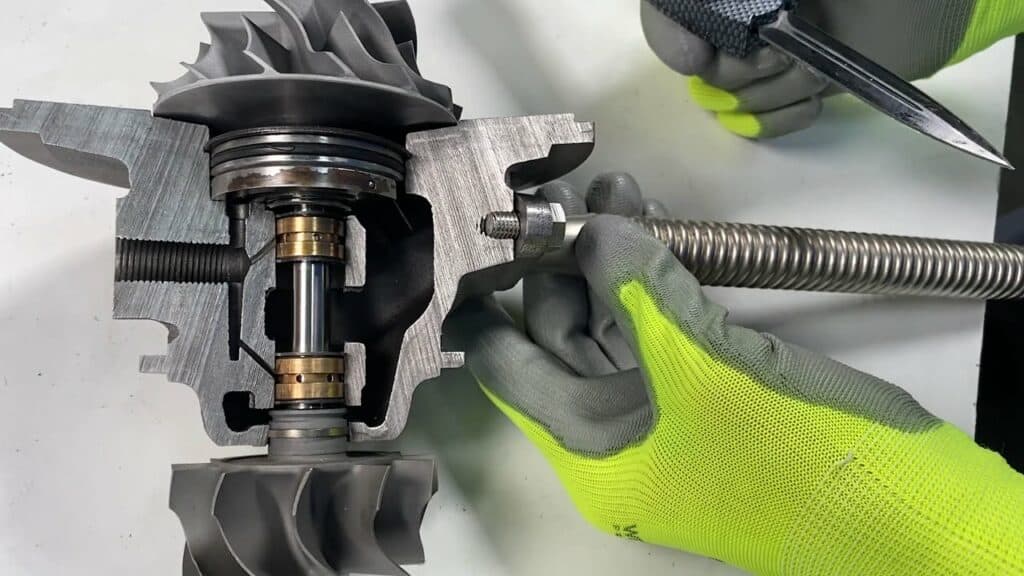
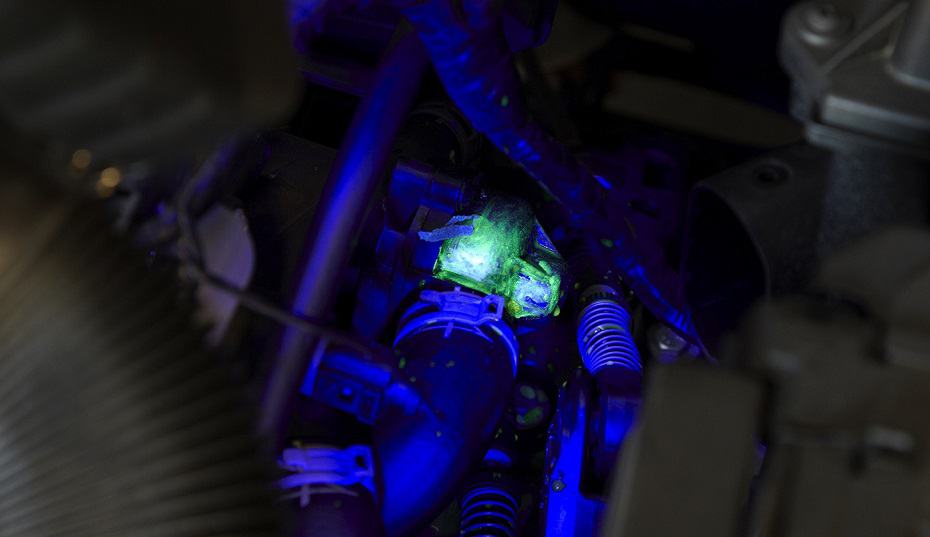
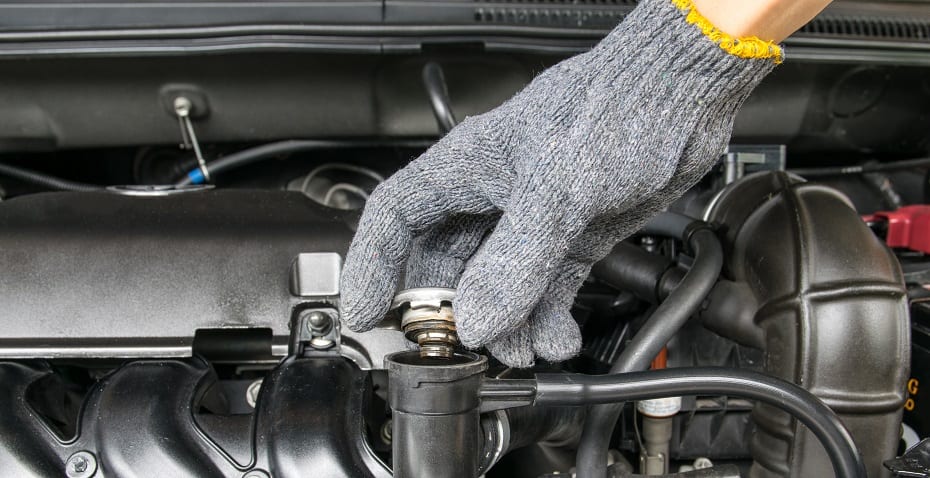

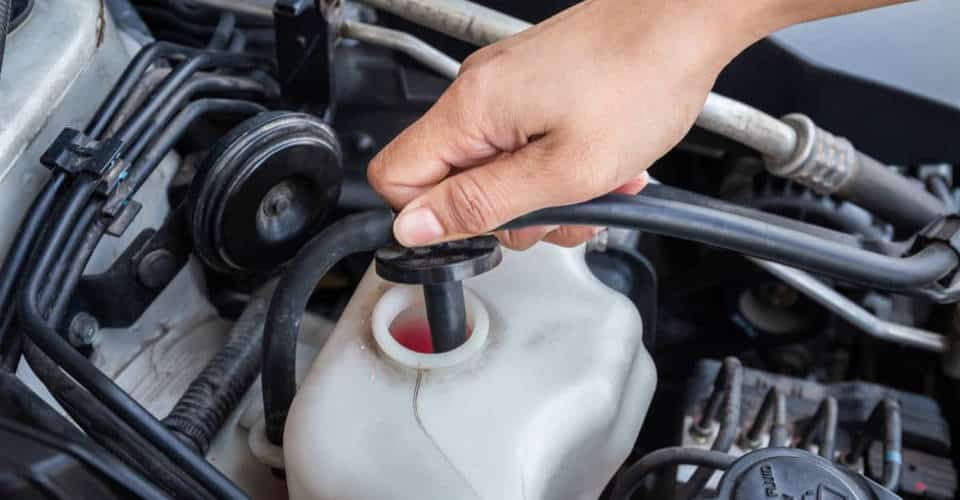
Why Is My Car Losing Coolant Without a Leak?
If a coolant leak goes unchecked, it can wreak havoc on a car’s engine. Catching it early can save a ton of hassle and cash. But sometimes, coolant disappears without a trace. When that happens, it’s time to dig a little deeper.
Four Common Reasons for Coolant Loss Without Visible Leaks
So, what’s behind that mysterious coolant loss? Here are the four most common culprits:
- Head gasket leaking into the combustion chambers
- Coolant escaping from a faulty radiator cap as steam
- Worn turbocharger seals leaking into the exhaust system
- Super tiny leaks that evaporate before they can be seen
This guide will break down these issues, highlight signs to look for, and explore potential fixes.
1. Head Gasket Leaks Into Combustion Chambers

The head gasket is the unsung hero that seals the engine block and cylinder head, letting coolant flow through. If coolant levels are low but no leaks are visible, the head gasket could be the problem. Often, these leaks are internal. Instead of pooling on the ground, coolant sneaks into the combustion chambers and gets burned up. This results in white smoke puffing out of the exhaust.
Another red flag? If the engine oil looks milky, that’s a sign of coolant mixing in. Other symptoms include overheating and strange knocking sounds from the engine.
2. Coolant Seeping Out of a Bad Radiator Cap

If coolant is mysteriously vanishing, a faulty radiator cap might be the culprit. The cap’s job is to keep the hot antifreeze in check. If it’s not sealing right, pressurized coolant can escape as steam.
These leaks are usually minor, so there might not be any overheating signs. But a bad cap can cause the radiator hose to collapse, which can lead to overheating. A sweet smell coming from the engine is another telltale sign of a cap issue.
3. Worn Turbo Seals Leaking Into the Exhaust System

For turbocharged rides, worn seals between the compressor and engine can let coolant slip into the turbo and combustion chambers. Just like with a blown head gasket, these leaks are often internal, leading to coolant loss without any visible signs.
Sometimes, turbos use engine oil for cooling, which can exit the tailpipe as dark smoke after burning up. Signs of a turbo seal leak include a drop in engine power and whining noises from the turbo. Keep an eye out for any dashboard indicators lighting up, too.
4. Tiny Leaks That Evaporate

Sometimes, a car can lose coolant through tiny pinhole leaks that are too small to notice. These might only cause a few drops of coolant loss each month—barely enough to form a puddle.
Depending on where the leak is, coolant can escape as liquid or vapor. Since it’s a mix of antifreeze and water, it can evaporate if it drips onto hot engine parts. There might not be many signs, but if the source is found, there could be a trace of white residue left behind.
How to Stop Your Car from Losing Antifreeze
If the search history is full of “why is my car losing coolant but not leaking?”—no worries! Here’s how to track down the issue and fix it.
Step 1: Check Coolant Reservoir Levels

Checking coolant levels should be a regular thing, ideally once a month. But if signs of coolant loss pop up, checking the reservoir is a must before hitting the road again. If it’s empty and no leaks are visible, don’t start the engine until more coolant is added.
Step 2: Track Down the Leak

To find the source of a coolant leak, an ultra-violet (UV) leak detection dye can be a game changer. Just pour it into the radiator, and any leaks will glow under a black light. For internal leaks, a leak-down test is the way to go. This involves injecting pressurized air into each cylinder and measuring how much leaks out.
Step 3: Fix the Leak or Call a Pro
If it’s just a bad radiator cap or a collapsed hose, those parts can be swapped out easily. But if it’s a head gasket issue or the leak remains elusive, calling in a pro might be the best bet.
For small leaks, radiator stop-leak products can seal up plastic, aluminum, and metal. But be cautious—many mechanics advise against these, as they can lead to bigger problems down the line.

